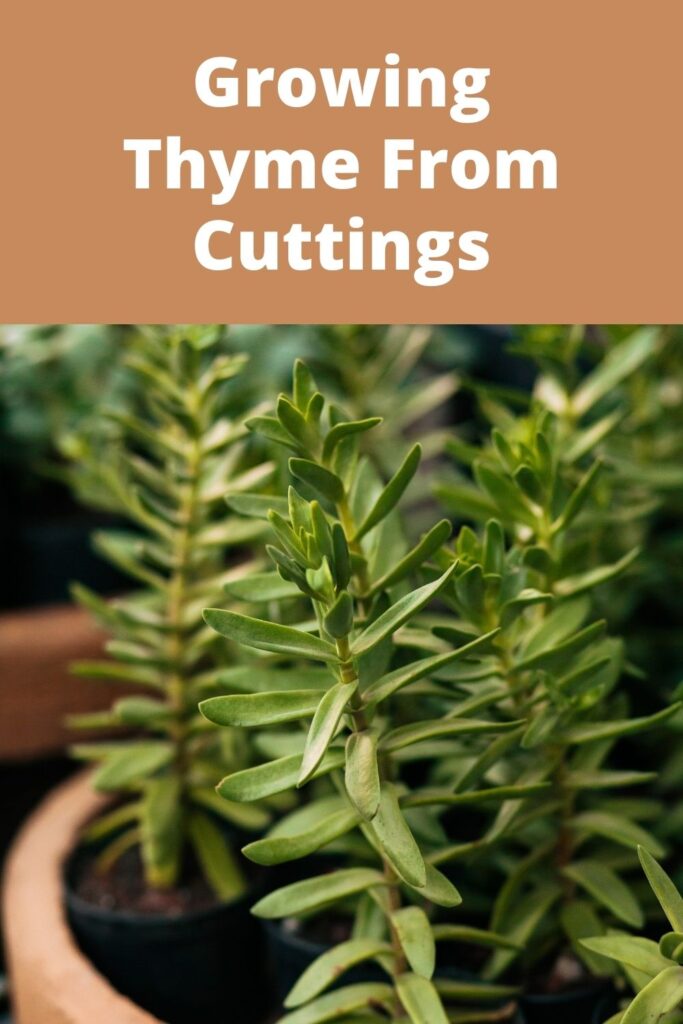Thyme is a wonderful herb with a pleasant, pungent, clover flavor. It smells like summer to us! There are both fragrant ornamental types as well as culinary thyme varieties which add a savory note to summer soups, grilled meats, and vegetables. Here’s how to plant and grow thyme.
A low-growing hardy perennial, thyme is a fragrant herb with small, fragrant leaves and thin, woody stems. The culinary varieties are evergreen.
Thyme comes in over fifty varieties with different fragrances and flavors. Fresh or English thyme are used most often in cooking.
Originally from the Mediterranean area, this herb is drought-friendly so it doesn’t have high watering needs. It is also pollinator-friendly! Let some thyme plants flower, since the herb attracts the bees.
While thyme is usually harvested in the summer months, we have harvested ours well into late fall!
Thyme can grow in the ground or in a container. Either is left outside in wintertime. New leaves will emerge within the early spring.
How to Plant Thyme
- Where: Thyme is another culinary herb that makes bringing fresh flavor to the kitchen an easy process. It thrives in hot conditions, loves full-sun, and doesn’t need constant watering or attention. Plant thyme in both containers and within the garden. I like to plant mine near my rosemary, as their needs are nearly identical. I even let a couple of my thyme plants flower, because the bees love it so much.
- When: Like mint, thyme can prove challenging to start from seed. I’ve found the best results from either propagating from cuttings or by layering. I have purchased only three thyme plants from the garden center, and by means of cuttings, I now have thyme all throughout my garden. Regardless of which propagation method you choose, plant young thyme plants only after the ground temperature reaches 70°F, about 2 to 3 weeks before the last frost.
Propagate from cuttings
Clip a three-inch cutting from the very tip of a stem, apply rooting hormone on the exposed portion of the stem, and plant it in either sterile sand or vermiculite. Roots will emerge within about six weeks. Transfer to a small pot, let the root ball form, and then transfer to a large pot or directly to your garden.
Common Pests and Diseases:
Thyme is a lucky plant because it rarely gets bothered by insects or disease.
Thyme is somewhat susceptible to root rot when plants are overwatered and / or planted in a site with poor drainage.
This can be remedied by amending clay-heavy soils with compost, which will boost the amount of nutrients available for thyme plants’ roots while also improving water retention capacity within them – all without any detrimental effect on flavor!















